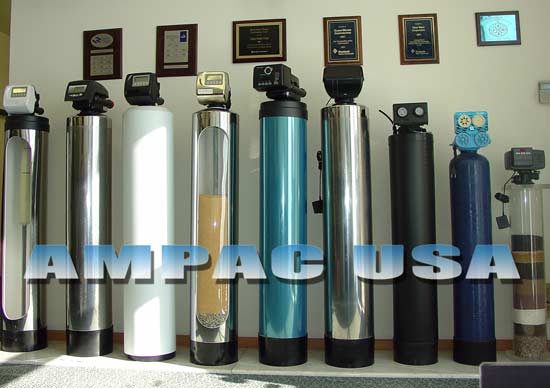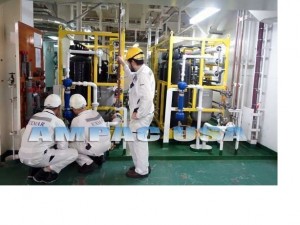The affects of hard water can bring a lot of inconvenience into your daily life. Cleaning and washing can become a nightmare and not to mention the health hazards associated with drinking hard water. Understanding whether you need a Reverse Osmosis Systems requires no rocket science but choosing the best can be tricky.
- The first thing to consider is the size. A typical softener’s size is measured by grain removal capacity. The calculation is quite straightforward. It starts with a calculation of the grains of hardness of your water supply. Alternatively, you may consider the average hardness found in USA but that will only give you an approximate idea. The second thing to put into equation is the average consumption. Typically, a member of your home will consume around 70 gallons per day. So, here’s how you calculate the capacity:
- Find out the total demand: In this case, 70 gallons per day x X (the number of members in the family). If you have four members, then it’d look like: 4 x 70 = 280 gallons
- Multiply the demand with the grains of hardness; 280 x 10 (Assumed grains of hardness) = 2800. This will further be multiplied by the number of days in which the softener will regenerate (make all the grains fresh for conducting exchange of hardness ions with sodium).
- The final calculation: 2800 x 7 = 19600 + a 30% reserve = 26,000 grains (roughly)
- Note that the above method will remain the same while the given figures are subject to change according to your consumption, water supply condition, etc.
As per the above calculation, a water softener with the range of 24,000 or 32,000 will suffice. These configurations are the most widely used by average sized families across USA.
- The next thing is to look for adherence to NSF/ANSI 44 standard which will mean that the system will not only remove the required hardness but also use less than 5 US gallons of water for removing every 1000 grains.
- You should also consider the regeneration method offered by the softener. That is important because if it is not optimal, then you’ll start getting hard water time and again. A time-based method will trigger regeneration after a regular interval regardless of the amount used while a meter regenerated method will do the same only after detecting a certain amount of usage. In addition, there are methods which need manual regeneration as well. Dependent on your requirements, you can pick one that works the best for your home.
- Besides the above, its important to know the manufacturer credentials as you are very likely to need some troubleshooting help in future with these systems. If the company doesn’t offer a good after sales service, you’ll find yourself in a tough spot.
Worth mentioning again, it’s important to understand the hardness of your water supply. An accurate analysis will lead you to perfect selection of the softener.











